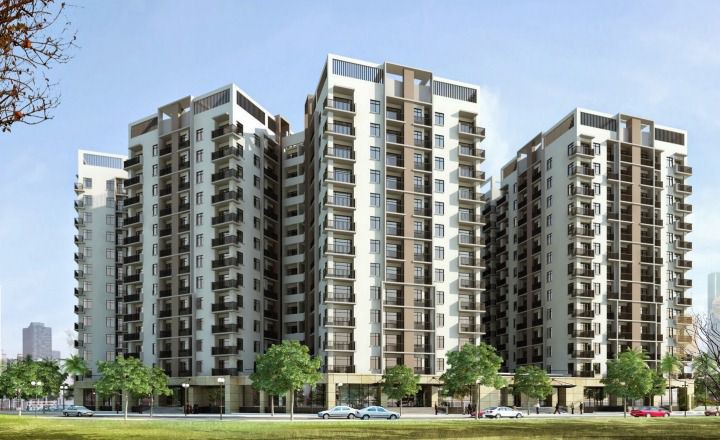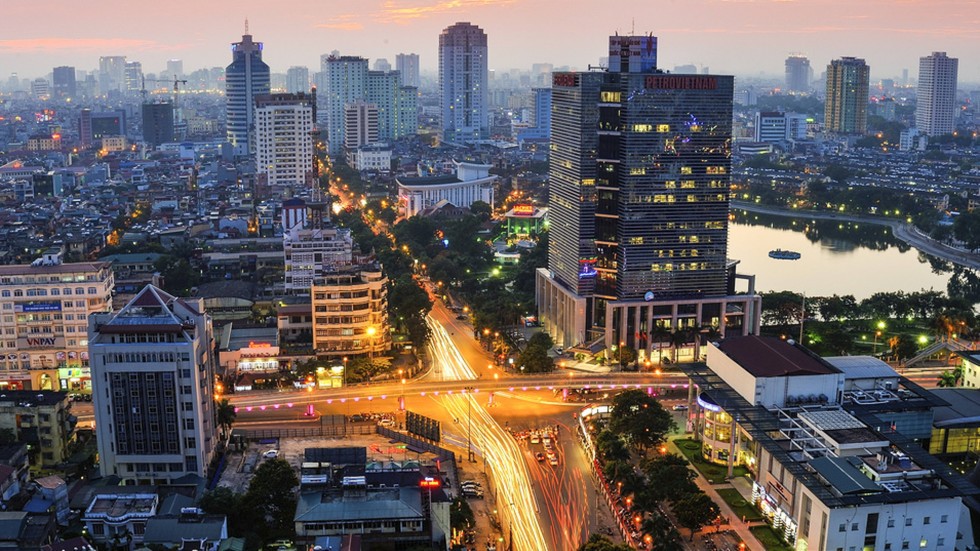Is logistics APAC’s hottest property sector?

VIETNAM, 31 January 2018 – The logistics sector has topped investors' lists as the most appealing commercial property type across the Asia-Pacific region, according to the latest annual Urban Land Institute/PwC real estate report. Growing investor interest saw transactions hit US$61 billion in the first half of 2017, up from US$54 billion the year before.
Long-term structural undersupply has been a key factor driving local and foreign investors' renewed confidence in the sector, notes the report. Demand trends are also proving crucial, adds Michael Fenton, JLL's Head of Industrial for Australia and APAC.
"Huge population growth in the APAC region is underpinning strong economic growth, which in turn is having a knock-on effect on manufacturing demand," he explains. "In addition, increased smartphone use in the region is impacting e-commerce and driving the need for better logistics."
Changing retail patterns
And this trend has further to run. The growth in online retail spending seen in all APAC markets is forecast to increase exponentially over the short to medium term. With it comes a need for sophisticated warehouse management systems to cater for faster delivery times, which in turn is creating demand for new, state-of-the-art warehouse facilities that incorporate significant automation and technology.
"Tenants are investing considerable capital in warehouse management and inventory management systems, which require them to commit to longer-term leases on the facilities so they can amortise those costs over the duration of their lease," says Fenton. "That is making the sector increasingly attractive to investors as a result."
Inevitably, location is a vital consideration in the decision process. The most attractive facilities have always been located close to major transport nodes – airports, seaports, major road networks and intermodal facilities. But the patterns are changing.
Previously, investors looked for bigger warehouses on the city outskirts and warehouses that were closer to city centres were generally less attractive because they were older and located in built-up areas.
Store-network distribution facilities still tend to be located on the outer edges of cities. Here there are big warehouse facilities available that allow distribution to multiple retail centres within a broad metro area. The growth in online spending though is focusing attention on multiple smaller warehouse facilities located in infill areas, where goods can be distributed to a high proportion of the population within a two-hour window.
"What we're seeing now is that the focus is not so much on rental savings, but more on the reduction of delivery times, which is where the real cost savings can be found," Fenton explains. "This model has been successfully employed by the major online retail giants, such as JD.com and Alibaba."
Hot markets
Given the size and maturity, most investor activity is focused on the Chinese, Australian and Japanese logistics markets – with the latter two the destinations of choice for foreign capital. "Both have vibrant local logistics markets boasting strong fundamentals, including robust user demand, solid economic conditions and an abundance of investment opportunities," says Fenton.
In Australia, transaction levels (including portfolio sales) have remained high, despite yields compressing to record levels with some transactions breaking the 5.5 percent barrier for the first time.
However, most of the major owners of industrial properties in Australia have now completed their sell-down programmes, notes Fenton. "This reflects the fact we are close to the top of the cycle, so portfolios are less common."
Elsewhere across the region, interest and activity continues to develop. For instance, logistics has become a popular asset class in South Korea, according to the ULI/PwC report, with assets trading at yields of around 100 to 150 basis points above those for offices. While recent new investment in the sector threatens to create oversupply, development opportunities remain for the right type of facility in the right location.
Foreign investor interest in Jakarta's logistics sector – especially in assets connected with e-commerce – has been growing as well. Meanwhile, Vietnam's edge is in its young and skilled workforce, relatively low cost base, and stable political climate. "Activity will likely continue given the shortcomings of existing infrastructure," suggests the report.
Meanwhile, India's logistics sector has seen a recent investment boom. "India is emerging as an investment hotspot on the back of the recent economic overhaul, which has seen implementation of a new REIT structure, rollout of the comprehensive dual Goods and Services Tax, and strong investment in transport infrastructure," says Fenton.
Investor challenges
The prospects for Asia-Pacific's logistics sector seem bright for the year ahead. But while there are attractive opportunities, any investors considering a move into a new market must ensure they adhere to the basic fundamentals, advises Fenton. "That means, for example, investing with brand name covenants, underpinned by assets located near major transport nodes and with close proximity to a major population base."
Gaining market exposure also comes with challenges. "The biggest is being able to scale up quickly," says Fenton. "That would generally involve a portfolio acquisition, which in most markets is rare. In addition, industrial property and its performance is heavily related to local market nuances, such as changes in road systems, zoning, infrastructure spending and population bases. All these factors need to be understood and factored in to the investment strategy.





